Glowing Slime
Glowing blue slime from the sea could be useful in biomedical research.

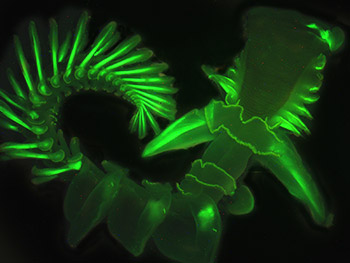
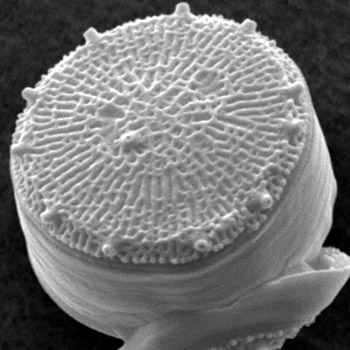
Scientists have overcome a major challenge in the commercial production of biofuel.

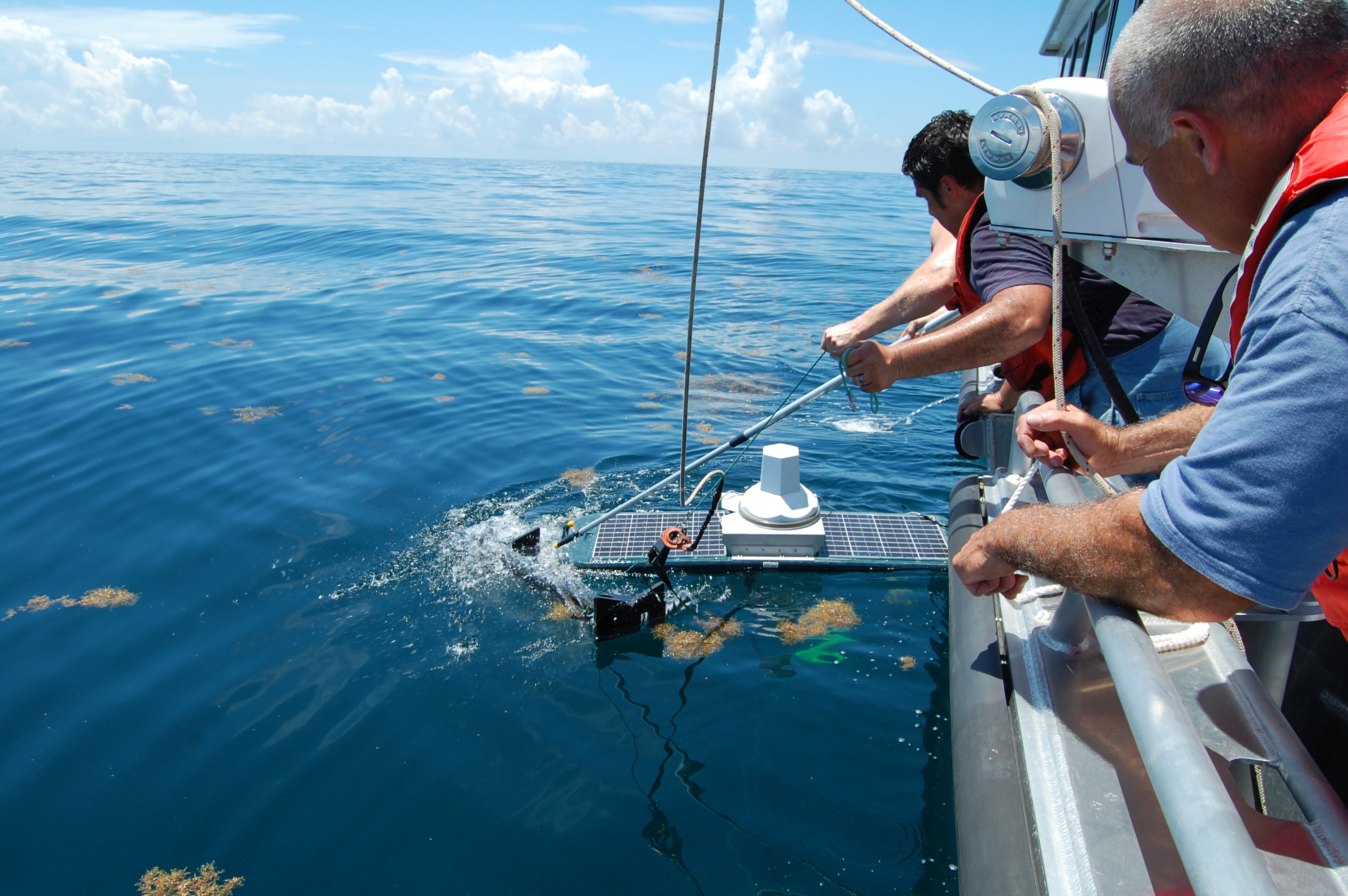
Engineers are developing “whale detectors” to help ships avoid striking them.
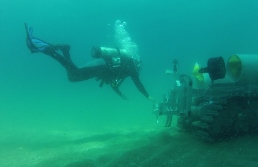
OCEAN SCIENCE - Old warships become new habitats. An ocean quadcopter gives researchers a sky-high view of the stormy North Atlantic. And, autonomous underwater vehicles that search for sunken treasure. Also, behind the untimely death of the octopus.
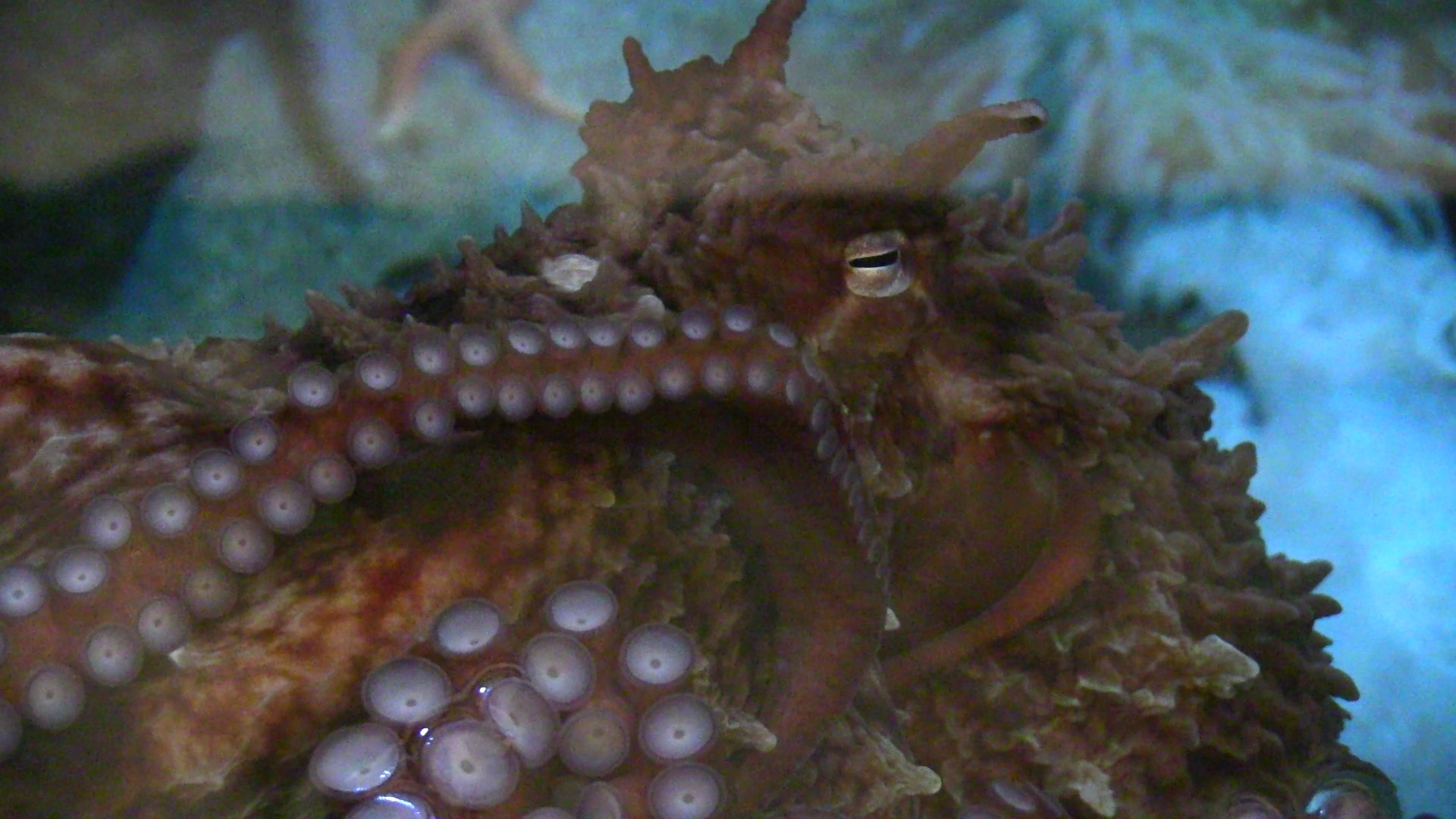

A tiny but rugged unmanned helicopter helps researchers collect data in the stormy North Atlantic.
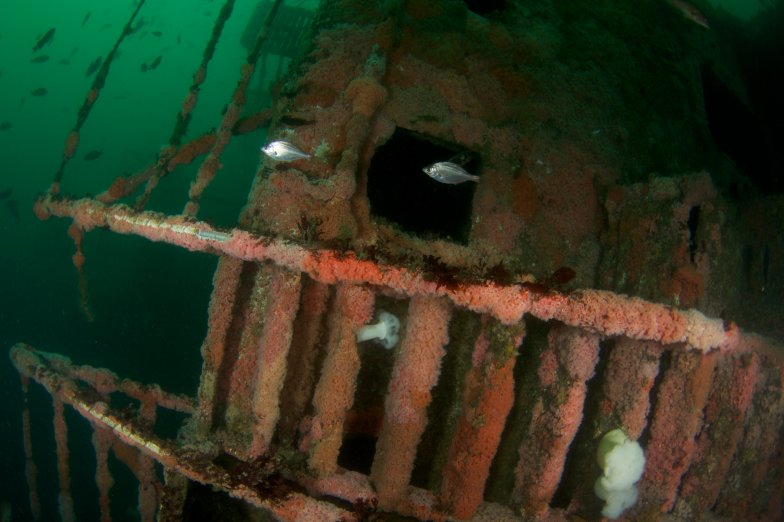
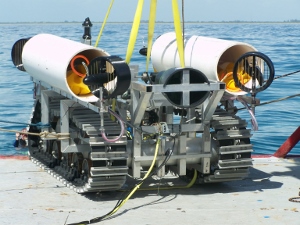
Researchers have designed an underwater vehicle to search for shipwrecked vessels filled with treasure off the coast of Florida.
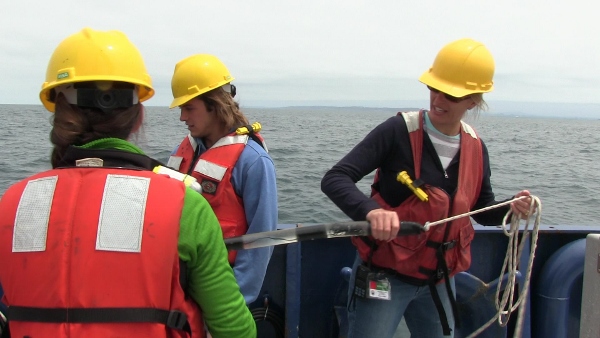
Microphone arrays around the North Pacific allow scientists to listen to the diversity of life under the sea.
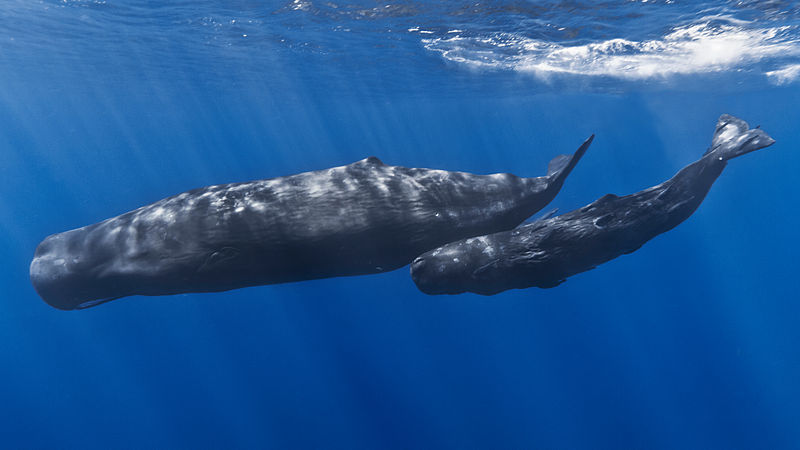
Whales tan and suffer sunburn-like skin damage, which could indicate changes in UV radiation over the oceans.
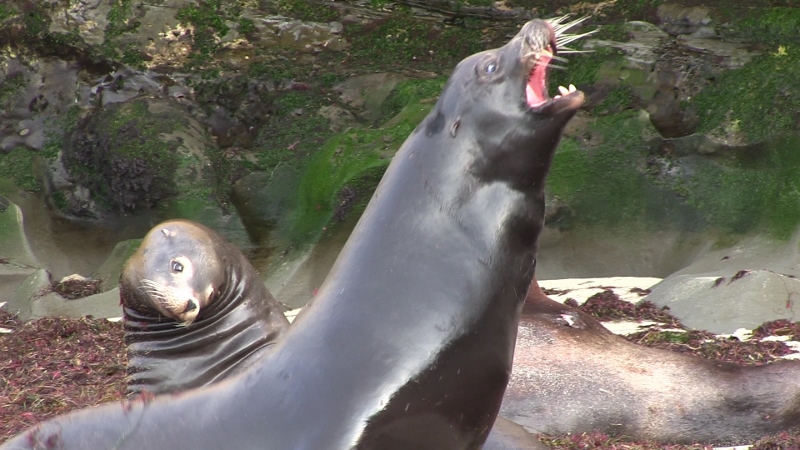
Underwater explosions scare sea lions away from commercial fishing operations. But the noise could be impacting whales and dolphins.
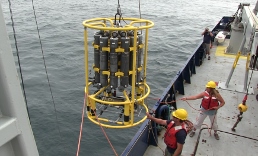
OCEAN LIFE - Scientists test a 3-D underwater microscope. How oxygen led to the rise of ocean carnivores. And why some fish are going back to school. Also, can computers be funny?
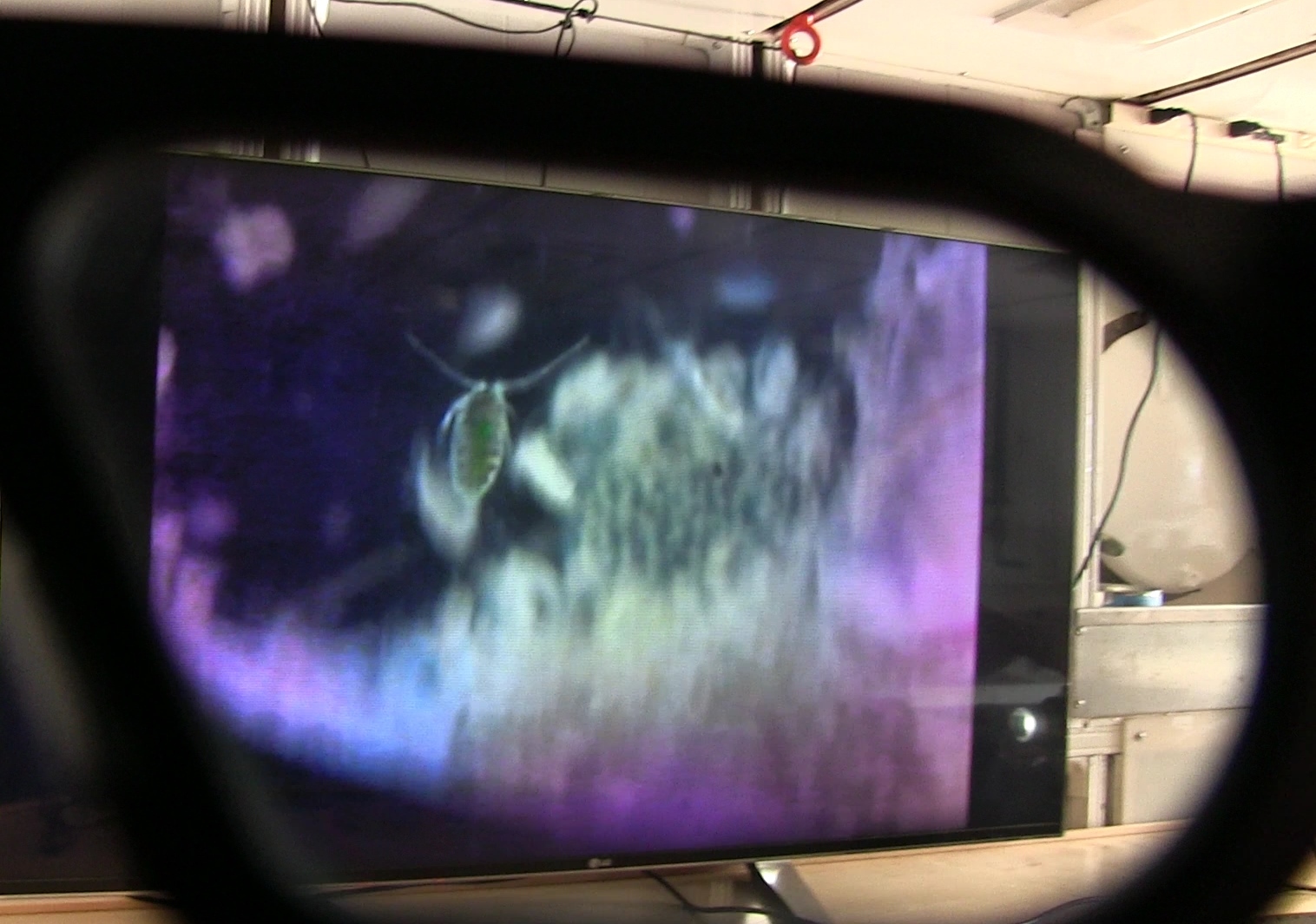
Scientists are testing a new 3-D underwater microscope to study tiny marine predators.
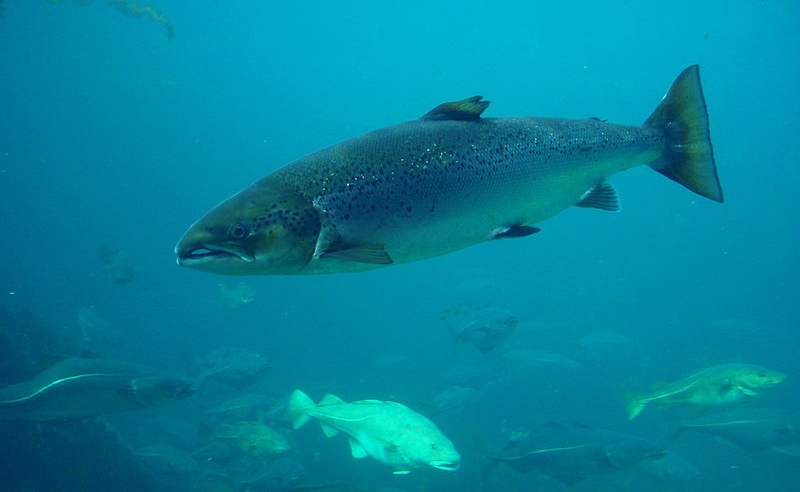
Making fish hatcheries more mentally stimulating may increase the fish's chance of survival in the wild.
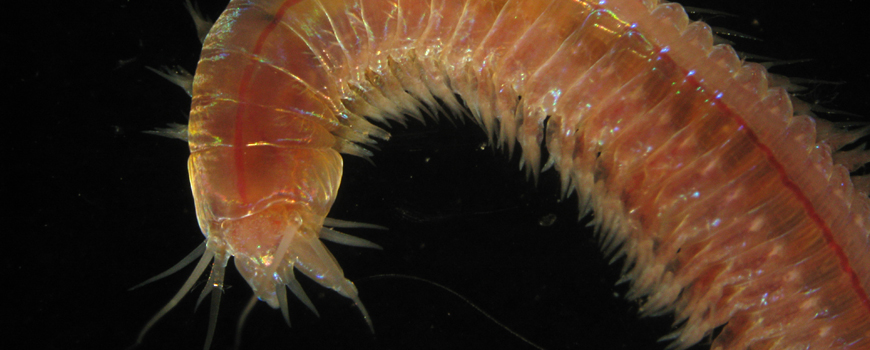
Rising oxygen levels during the Cambrian period allowed for the rise of ocean carnivores and the subsequent explosion of animal diversity.

NATURE & HEALTH - Scientists look to the oceans for new antibiotics. The full moon affects sleep patterns. And, how paleo is the so-called "Paleo" diet? Also: How apes remember events.

Researchers have discovered a compound in the Pacific Ocean that fights both staph infections and anthrax.
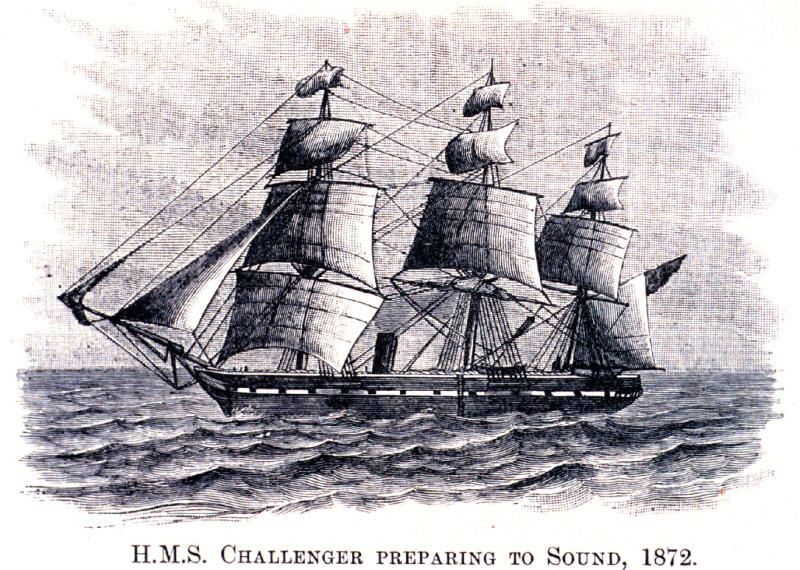
Ocean temperature records from a ship that circumnavigated the globe 135 years ago confirm global warming.
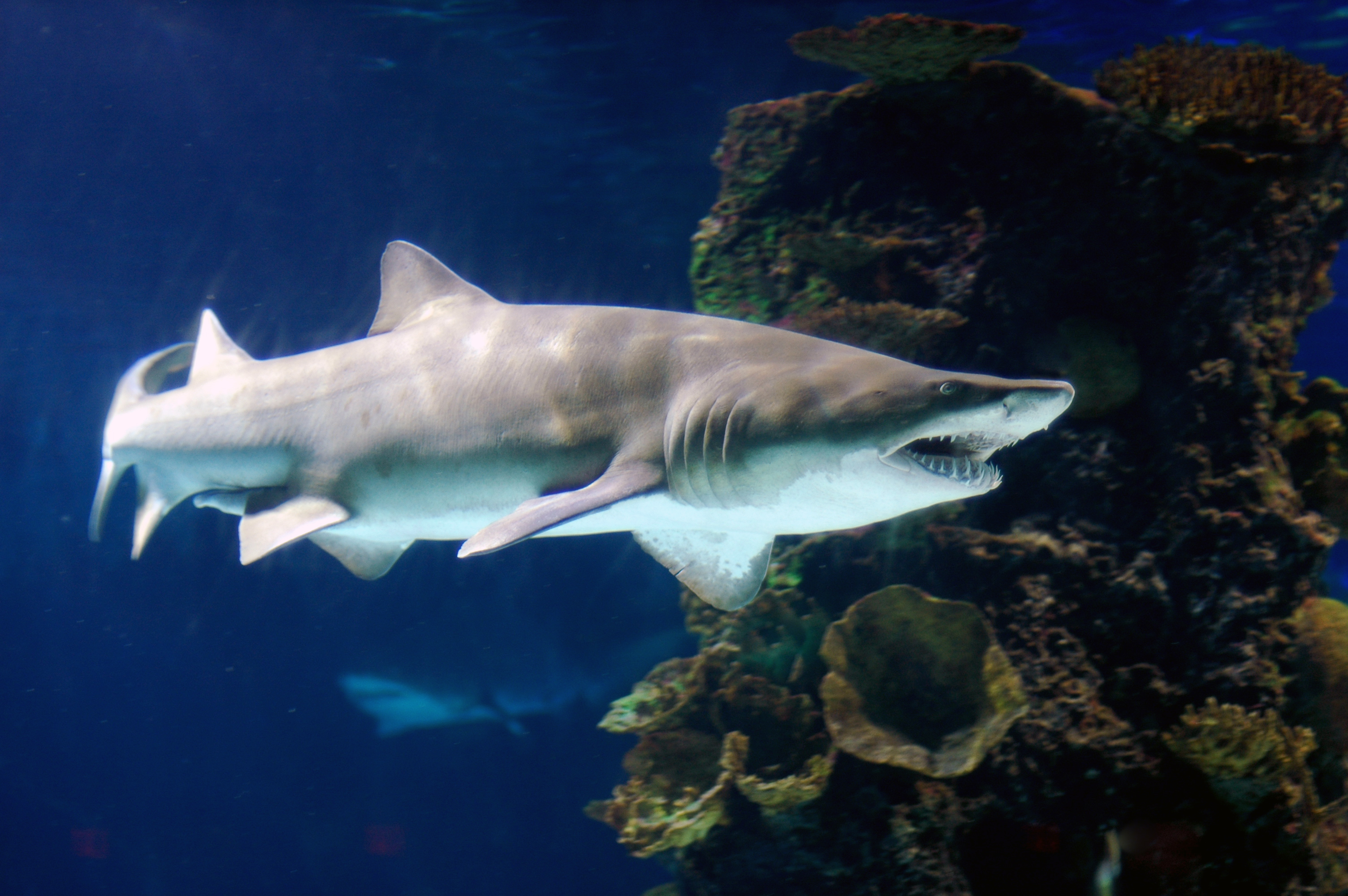
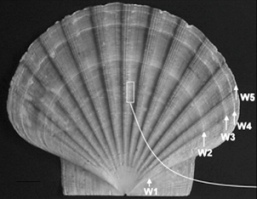
THE CHANGING ENVIRONMENT - What a scallop's cough can tell us about environmental health, how melting Arctic ice may have caused the earth's last big freeze, and why climate change may have undone the Maya empire. Also: using weather forecasting techniques to predict flu outbreaks, and revisiting the apocalypse myth surrounding the fictional planet Nibiru.

ARE YOU WREN ENOUGH? Why fairy wrens require their babies to show ID, how coral reefs ask for help, and how one microscopic animal patches itself up with borrowed genes. Also: Host Bob Hirshon went down to NASA Headquarters to report on the discovery of water on the planet Mercury.

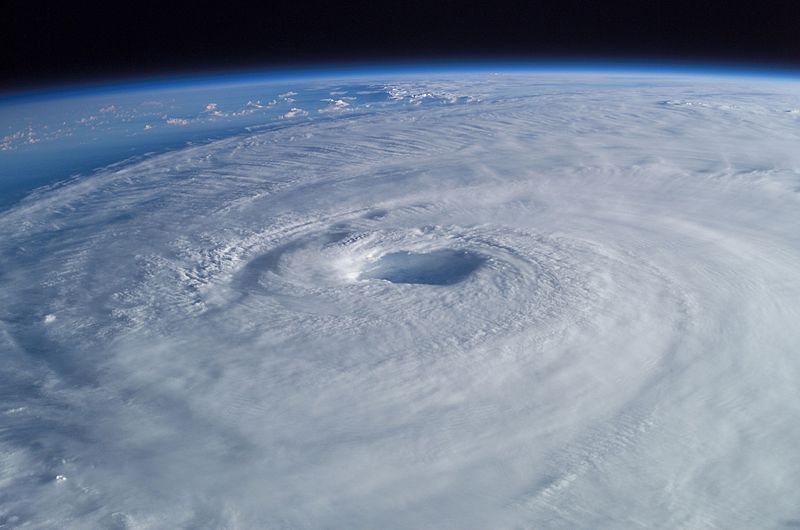
The new science of paleotempestology studies ocean sediment to uncover ancient hurricanes.
